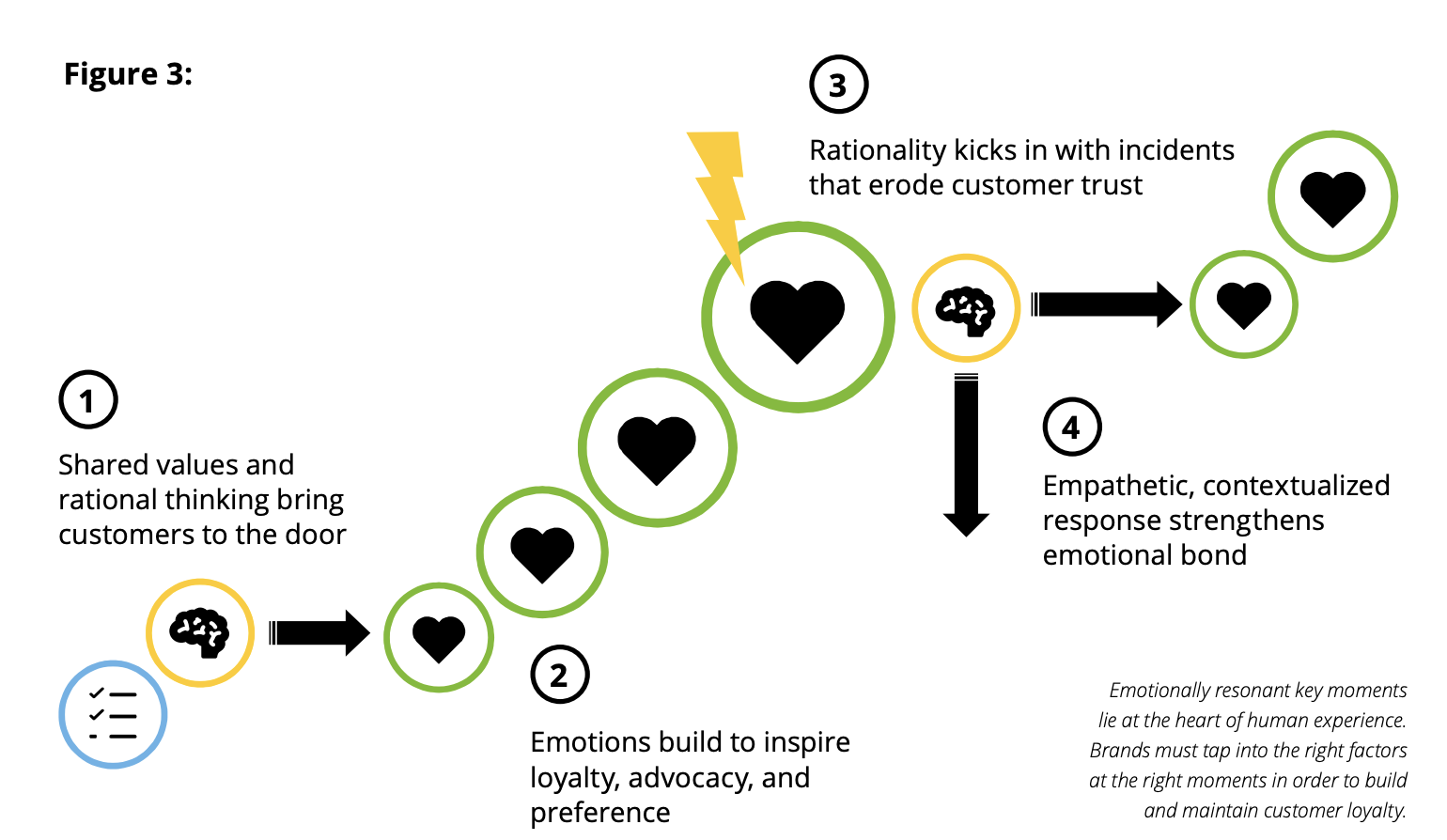It’s already February. Cupid is peeking his chubby baby head around the corner, pressuring you into buying chocolates and flowers for that special someone. While the season of love is upon us, we thought we’d swap out chocolates and flowers for loyalty and retention by exploring some ways to win your customers’ hearts. Not only that, we want to get into why that actually matters for a brand.
Pleasing your customers leads to brand loyalty and brand loyalty leads to customer retention—but so what? Why are loyalty and retention so important? Brand loyalty and retention are about building a relationship with each customer. Just as Valentine’s Day is the height of love—it’s just a piece of a larger, overarching relationship—the same should be said about customer-brand relationships: the best ones are built off a series of great, meaningful moments.
Going beyond the exchange of goods and tapping into the emotional aspects of marketing can benefit your brand. As we unpack the how and why behind these marketing must-haves, think about how this applies to your customers.
Ways to a Customer’s Heart
Unlike the old adage, it’s not through their stomach (unless that’s your thing). The biggest marketing trend we’ve seen emerging over the past few years is emotional marketing. It almost sounds like an oxymoron, but emotional marketing connects to each customer’s feelings, rather than just trying to sell products. “Emotional marketing connects people with the things they want and need on a deeply personal level.”
And now, with tailored customer experiences for each individual customer becoming the status quo, brands are expected to know how each customer is feeling about products or services and should appeal to those sentiments. When comparing a brand that pushes promotional and transactional messaging versus a brand that relates to emotions, which brand do you think customers will prefer? As Deloitte points out in a recent whitepaper, “Emotions inspire and frame the depth of brand loyalty as well as advocacy.”
Why Does Brand Loyalty Matter?
First, you’ll notice we’ve used “brand loyalty” instead of “customer loyalty” thus far. So let’s clarify the difference between the two. Customer loyalty usually focuses on how much the customer spends with your brand—it’s about a monetary value. Brand loyalty, on the other hand, focuses on how customers perceive your brand. Brand loyalty is about connecting with a brand on a personal, emotional level. That’s why we’re using “brand loyalty.”
Okay, but is brand loyalty everything? Honestly, kind of. When customers first approach a new brand, they’re shopping with a more rational mentality—looking for the best price, etc. But, as Deloitte mentions, rational reasoning can be the very reason that a customer no longer shops with your brand. If they’re looking for a good price and your price goes up, they’ll switch to the less expensive competitor brand. But, if you can use emotional marketing to establish brand loyalty, an increase in price isn’t going to deter your customer. They love your brand, so they’ll stick around.
Why Does Customer Retention Matter?
How do you ensure you’ll keep customers around once they’re brand-loyal? Why should you? This goes back to the age-old question of acquisition versus retention. More often than not, it costs more to acquire new customers. Not only that, but selling to existing customers is a lot easier than selling to new ones. In fact, the probability of an existing customer buying from your brand is up to 14 times higher than the probability of a new customer making a purchase.
Plus, as we briefly touched upon earlier, customers that continue to purchase from your brand are more likely to become brand advocates. They’ll tell their friends and family about the amazing product they just bought and convince them to do the same. Because peer-to-peer marketing is highly impactful, these friends and family will become new customers who eventually can become brand-loyal customers and eventual advocates for your brand.
It’s one thing to get a customer to become loyal, it’s another to get them to stay loyal. Understanding each customers’ needs and wants will retain your customers and, as a result, you’ll expand your reach.
Brand Loyalty is a Relationship
Brand loyalty goes beyond the dollar amount a customer contributes to your bottom line—brand loyalty is about the relationship your brand builds with each individual customer. Telling a story and eliciting relatable feelings in customers builds a bond stronger than a transactional message. While rational thought may get customers in the door, the story and personal connection is what will keep them coming back.
Once the relationship is established and a customer is brand-loyal, the goal is to retain that relationship to turn customers into advocates. And, like in any other relationship, trust is vital. Once the trust is broken between the customer and your brand—say, for example, an order wasn’t delivered correctly—it’s hard to regain.
But, by creating real, honest moments—like having customer service answer the inquiry, own up to the mistake, apologize, and provide a discount—the bond can be rebuilt and strengthened. Connecting with customers takes time and effort but, in the end, it’s absolutely worth it.
Now isn’t the time to shy away from emotions and authenticity. To hear from industry leaders and expert marketers about developing personalized customer experiences, register for Activate.

































